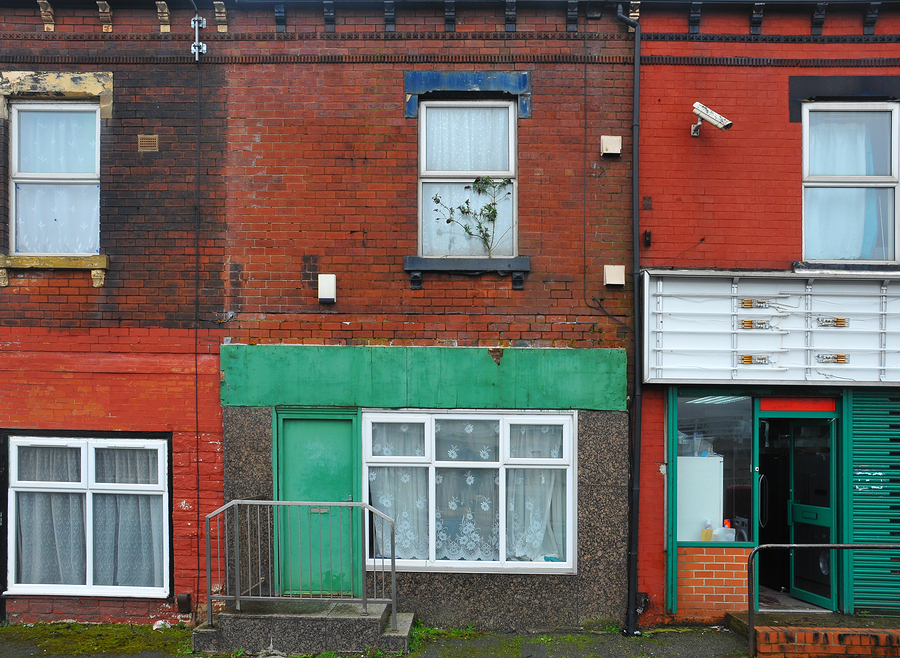Multifamily investors are hearing a lot of hype around the Qualified Opportunity Zones (QOZ). Created by the 2017 Tax Cuts and Job Act, the program started as a way to encourage investments within economically depressed areas. The government, in turn, gives investors a deferment and reduction on capital gains taxes. The longer the investment stays in place, the bigger the tax break.
While there may a lot of interest in potential tax savings that come with these investments, there is a lot of uncertainty, as well. Investors have questions about whether QOZ investing is the right addition to their portfolio. There is also some concern about whether the program really benefits the areas it’s hoping to help. So should you consider adding a multifamily property within a QOZ to your portfolio?
The challenges of investing in a QOZ
There are a few challenges that come with investing in areas identified as Qualified Opportunity Zones. First, the zones are largely located in Class C and D markets. These are properties that are usually 20 to 40 years old and located in low-income or economically disadvantaged neighborhoods. That means you’ll be looking at a lower rental rate than you would get from other areas. It may take a significant amount of capital to get the building fixed up to the point you’ll see any kind of ROI. Managing a property in Class C and D markets can be operationally challenging, too. It’s a good idea to have experience in these markets or to partner with someone who has.
The second challenge comes with finding a property in the first place. There isn’t going to be a lot of low-hanging fruit in areas identified as opportunity zones. There is a big demand for these properties. You can see which areas around the country are designated as a Qualified Opportunity Zone on the CDFI Fund website.
You don’t want to pick the first property you find in a QOZ, either. You’ll need to find one that meets your specific investment criteria. That means finding a property matching your criteria for market class, style, demographics, ROI, and ease of operation.
What are the tax implications of a QOZ investment?
At face value, the tax breaks offered by a QOZ investment are pretty tempting. Investors must reinvest their capital gain, the profit they make off of the sale or investment in a property, in a QOZ within 180 days. At that point they can defer any taxes due on those capital gains until 2027. If the investment remains in the QOZ for five years, they get a 10% break on their capital gains tax bill. If they hold the investment for seven or more years, it’s a 15% reduction on their capital gains tax. The Tax Foundation has a helpful guide and charted examples of potential tax savings under the QOZ program.
However, there is still a lot of uncertainty about the tax plan. There are a lot of open questions pending guidance from the Treasury Department and IRS, many of which you can read about online. If you decide to invest in a QOZ, make sure you have a CPA on board who knows as much as possible about the program. Ask them about other tax deferral strategies available, too, such as a 1031 exchange. This allows you to take the capital gain from one property and reinvest it in new property without paying capital gains taxes. They can help you decide which options are right for you and your specific portfolio.
Are there any downsides to QOZ investing?
There is some disagreement about whether the QOZ tax plan is helping do what it set out to do. The idea was to encourage investment in economically depressed and disadvantaged neighborhoods. As stated in this article, though, only a little over 60% of the investment needs to be in the QOZ to qualify for the tax breaks. That means the investments could be significantly less than anticipated.
There is the issue of gentrification as well. As neighborhoods improve, they could force out those who can’t afford to stay as rental rates start to climb. The cash infusion may not be helping the current residents, either, but instead bringing in new residents to the “up and coming” area. That’s simply redistributing the economy instead of spurring on growth.
Andrea Riquier writes for Market Watch, “While the opportunities the program represents are clear to some participants, analysts and advocates around the country say there are very real questions about how effective it may be as a tool to broaden housing access and spur economic development, or whether it may, in fact, be detrimental to the needy communities it sets out to serve.”
Looking for guidance on QOZ and other investment strategies?
So who should take advantage of Qualified Opportunity Zones and the tax breaks within? Are these purely for institutional investors or can the everyday investor benefit as well? QOZ properties could be a great addition to a multifamily portfolio. But the key is knowing which properties are the right investment to make for your specific situation. Not everyone has the experience needed to invest in these specific areas. And not everyone will be able to benefit from the tax breaks. The key is to work with an experienced team who can help guide you in this decision, including a qualified CPA.
Looking for more guidance on QOZ and other investment strategies? We can help you analyze your current portfolio and determine the best way for you to expand your investment opportunities. Contact us, we’re happy to help.
Latest posts by Theresa Bradley-Banta (see all)
- Multifamily Common Areas Maintenance & Management Tips - March 31, 2020
- 8 Tenant Gift Ideas That Will Boost Your Bottom Line - November 11, 2019
- Need a Package Delivery System at Your Multifamily Rental Property? - October 28, 2019



